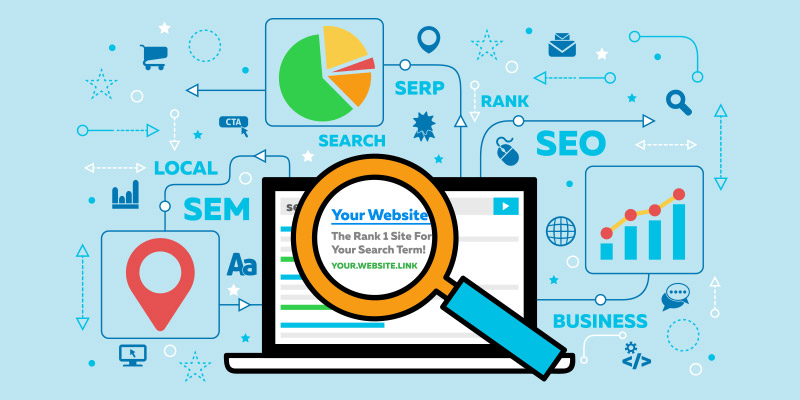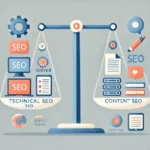In today’s digital world, there’s a growing emphasis on creating visually appealing content. Yet, for digital marketers, it’s not just about aesthetics. Understanding how to optimize images for SEO is essential for enhancing website visibility and attracting more organic traffic. This article will guide you through the intricacies of image optimization, ensuring your images contribute positively to your SEO strategy.

Why is Image Optimization Important for SEO?
Images play a crucial role in user engagement and experience. However, if not optimized, they can hinder your site’s performance. Properly optimized images help in reducing page load times, improving user experience, and ultimately boosting your search engine rankings.
Understanding the Basics of Image SEO
Before diving into the technicalities, it’s essential to grasp what image SEO entails. At its core, image SEO involves tweaking your images to ensure search engines can effectively read and rank them. This involves several strategies, including using the right formats, sizes, and alt attributes.
Choosing the Right Image Format
The choice of image format can impact both the quality and loading speed of an image. Common formats include JPEG, PNG, and WebP. JPEGs are ideal for photographs, while PNGs are better suited for graphics with fewer colors. WebP, on the other hand, offers superior compression, balancing quality and size.
Compressing Images
Image compression is crucial for reducing file size without compromising quality. Tools like TinyPNG and ImageOptim can help streamline this process, ensuring your images load quickly and efficiently on all devices.
Using Alt Text for Better Accessibility
Alt text serves two primary purposes: enhancing accessibility for visually impaired users and helping search engines understand the content of an image. Crafting descriptive and keyword-rich alt text can significantly improve your image’s SEO value.
Naming Images Appropriately
Instead of using generic file names like ‘IMG_001.jpg,’ opt for descriptive names that include relevant keywords. For instance, ‘sunset-beach.jpg’ provides both context and SEO value.
Utilizing Structured Data
Structured data, or schema markup, offers additional information about your images to search engines. Implementing schema can enhance your chances of appearing in Google’s rich snippets, leading to higher click-through rates.
Leveraging Image Sitemaps
Image sitemaps provide search engines with additional information about the images on your site. By listing image URLs, you can improve the chances of your images being indexed and ranked. For guidance on how to create an effective sitemap, check out this SEO checklist.
Lazy Loading for Faster Speeds
Lazy loading is a technique where images load only when they appear in the user’s viewport. This can significantly improve page load times, enhancing user experience and SEO.
Mobile Optimization for Images
With a significant portion of web traffic coming from mobile devices, ensuring your images are mobile-friendly is crucial. Responsive design and adaptive image techniques can help deliver an optimized experience across all devices.
Ensuring Consistent Quality
While optimization is essential, it’s equally crucial to maintain the quality of your images. Blurry or pixelated images can deter users, impacting your site’s credibility and SEO efforts.
Monitoring and Analyzing Image Performance
Regularly reviewing your image’s performance can provide insights into their effectiveness. Tools like Google Analytics can help track metrics such as page load speeds and user engagement, offering data to refine your strategy.
Continuous Learning and Adaptation
The world of SEO is ever-evolving. Staying updated with the latest trends and techniques in image optimization can ensure your strategies remain effective and relevant.

FAQs
What is the best format for web images?
JPEG is ideal for photos, PNG for graphics, and WebP offers a balance between quality and size.
Why is alt text important for SEO?
Alt text provides context for search engines and enhances accessibility for visually impaired users.
How often should I update my image optimization strategy?
Regularly review your strategy to ensure it aligns with the latest SEO trends and guidelines.
Understanding how to optimize images for SEO is a crucial component of any effective digital marketing strategy. By implementing the techniques outlined above, you can ensure your images enhance your site’s visibility and user experience. For more insights on SEO, explore how to fix duplicate content and other SEO practices on our platform.







